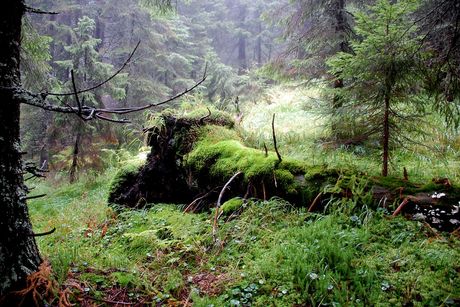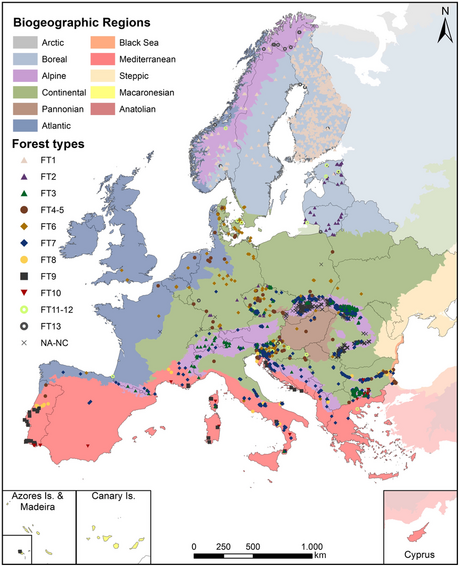Where are Europe’s last primary forests?
Long ago covered in deep woods supporting an astonishing biodiversity and housing amazing wild animals, Europe’s landscape is now largely a mixture of urban “jungle” and a patchwork of crop fields and pastures. Human activities and human needs – especially for housing, agriculture, and transportation – have led to gradual deforestation over the course of history, and European countries are now keen on protecting and recovering their forests and wildlife.
A new study coordinated by scientists at the Humboldt University of Berlin led to the first comprehensive map of Europe’s last primary forests. Roughly 1.4 million hectares (less than 1% of Europe’s forest area) have been charted, after careful reviews of hundreds of scientific papers and questionnaires sent to more than a hundred researchers and NGO experts.
What are primary forests?
Most commonly known by the public and media as “virgin forests”, the focus of the study is on most valuable habitats in terms of biodiversity. The notion of a virgin forest, with its associated aura of mediaeval fairy-tales imagery, is actually a clear, regimented scientific notion, referring strictly to completely untouched forests, while the surveyed areas are a more mixed array.
Thus, the team used the Food and Agriculture Organization of the UN (FAO) definition of “primary forests”, covering different levels of “naturalness”. For all practical purposes, this covers, in Europe, forests untouched by human intervention in the past 60 years that maintained their pristine structure. Primeval, virgin, near-virgin, old growth and long-untouched forests are included in the map.
Most of the primary forests included in the study are located in Northern and Eastern Europe – 0.9 million hectares in Finland alone. More than 51,000 ha in Romania were included in the study, noting that uncharted areas that could possibly harbor primary forests still exist in the Carpathians. (Local organizations advance numbers as high as 250,000 ha.)
Existing primary forests still need protection
While the news is indeed encouraging – the total area is much larger than previously believed, according to the authors – the study carries the caution that lack of adequate protection still leaves a significant threat of deforestation. Of the total mapped area, 89% is indeed under some form or protection by state authorities, but less than half (46%) is placed under strict protection, which means more than 700,000 ha of primary forests can be logged. Balkan countries, including Romania, were singled out in this regard.
As a responsible company, Holzindustrie Schweighofer makes sure that all processed timber comes from sustainably managed forests and does not accept log deliveries from virgin forests, national parks and strictly protected areas. First introduced in 2015, and unique at the time in the Romanian industry, this policy is now part of the comprehensive plan of action for the protection of Romania’s forests, enforced through the strengthened security architecture of the supply chain.
More details: Sabatini, F.M. et al. 2018. Where are Europe’s last primary forests? Diversity and Distributions. doi:10.1111/ddi.12778

